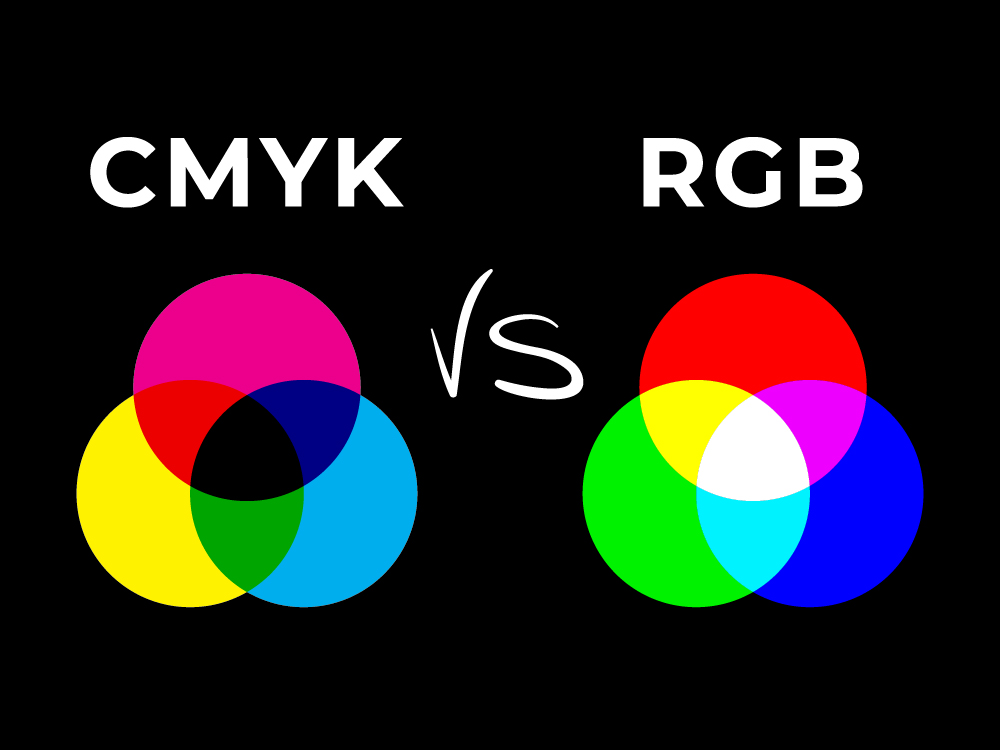RGB (Red, Green & Blue) and CMYK (Cyan, Magenta, Yellow & Black) are two of the most popular color models used in digital design and printing today, and knowing the difference can be key to making sure your printed materials look exactly as you envisioned.
What’s a color model?
Color models are mathematical tools that map numbers to any number of colors across a spectrum, allowing computers to communicate and recreate colors exactly. For example, using an RGB color model, the color red could be represented as (255, 0, 0) and anyone knowing these numbers could recreate precisely that shade of red on any computer.
What’s RGB?
RGB is the standard color model used on most computers, and is the most popular example of an additive color model. Just like mixing paints, an additive model uses some primary colors (in this case red, green, and blue) mixed to varying degrees to create a vast array of different colors. When all three colors are mixed in equal proportion, the result is white. The additive model works best in a light emitting context and, as a result, RGB is most commonly used in computers and televisions.
What’s CMYK?
CMYK, on the other hand, is a subtractive color model. In this case, light is absorbed rather than emitted, making CMYK the ideal for printed materials. Rather than white, an equal mix of all colors in CMYK creates black as all light is fully absorbed.




